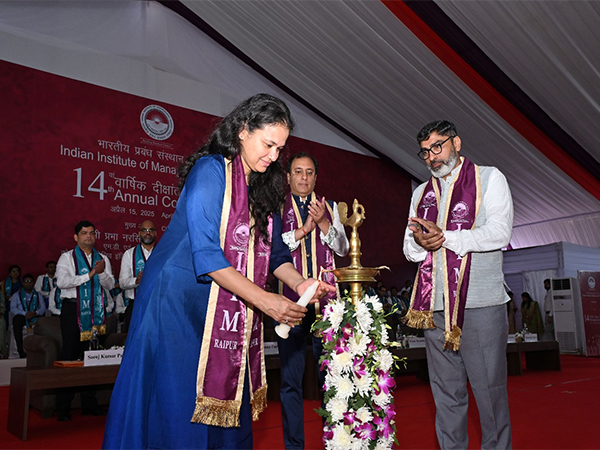Thoughtful approach to reducing 'OR' time, helps address pandemic-induced staffing shortages safely, says study
Jan 30, 2022

Dallas (Texas) [US], January 30 : The pandemic brought about many challenges for doctors and nurses alike. It included staff shortages most importantly. Staff would be exhausted after working for 12 hours a day every day, leading to many quitting their work. The problem of staff shortage is something, upon which a new study has shed some light upon.
Decreasing operating room (OR) availability by 15 per cent helped a hospital address a 30 per cent staff shortage caused by the COVID-19 pandemic, according to the study presented at the 'American Society of Anesthesiologists' ADVANCE 2022', the Anesthesiology Business Event.
"The Great Resignation has disproportionately impacted health care to near-crisis levels and we were able to address ongoing staff shortages by methodically decreasing available surgical times," said Kimberly Cantees, M.D., M.B.A., clinical director of anesthesiology and perioperative services, UPMC Presbyterian Hospital, Pittsburgh. "By using a phased approach, including daily meetings to address scheduling issues, we were able to prioritize essential surgeries and care for patients with the greatest need."
UPMC is a comprehensive quaternary care regional and national referral center for many surgical specialities including trauma, transplantation, neurosurgery, cardiac surgery and surgical oncology. In the study, the hospital implemented a five-phased approach, which started in May 2021, to ensure that it could continue to provide essential surgical care when its surgical technologist and OR nurse vacancy rate reached 30 per cent. The phases included:
Phase I (May 2021): Restricted OR availability for surgeries that were less time-sensitive and moved some to other hospitals and surgery centers in the UPMC system; decreased OR availability for surgeons with highly elective cases (e.g., sports orthopaedic procedures, select hand surgery cases, some plastic surgery) and moved a small amount of surgical work to the bedside in the intensive care unit.
Phase II (July 2021): Formed a multidisciplinary surgical services capacity committee that met daily to ensure the staffing matched the surgical schedule for the subsequent two weeks. Values for surgical care were identified and cases such as transplant and cancer surgeries were prioritized.
Phase III (Oct. 2021): Reduced OR time availability by 15 per cent when surgeries could be scheduled and extended the deadline for standard scheduling guidelines from three days to five days before surgery.
Phase IV (Nov. 2021): Instituted additional reduction of OR scheduling to meet continued staff shortages and reduced available OR time for all surgical services by an additional 10 per cent. Surgeons with two ORs had their time reduced for all services, except for the care of trauma patients.
Phase V (Jan. 2022): Implemented UPMC system-wide review of surgical case prioritization and opened more ORs for booking, which allowed greater flexibility for performing surgeries depending on staffing availability.
Over the course of the phased approach, the available ORs were decreased from 36 to 31 (15 per cent). This has been adequate to address the 30 per cent reduction in surgical services staff, said Dr Cantees. The hospital continued to use the approach to successfully address staffing challenges during the Omicron surge.
Dr Cantees said the phased approach received minimal pushback from surgeons, mostly because of clear communication of both the staffing hurdles, as well as established surgical priorities. Communication occured via regular meetings, e-mail and personal communication between members of the multidisciplinary surgical services capacity committee and individual surgeons.




















